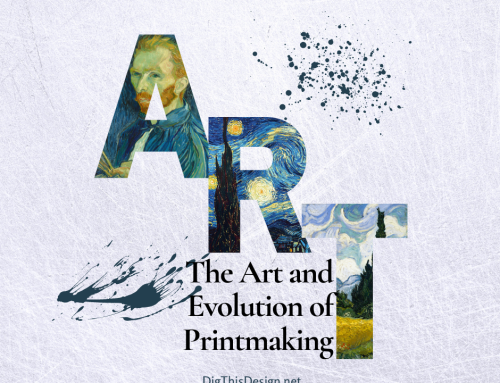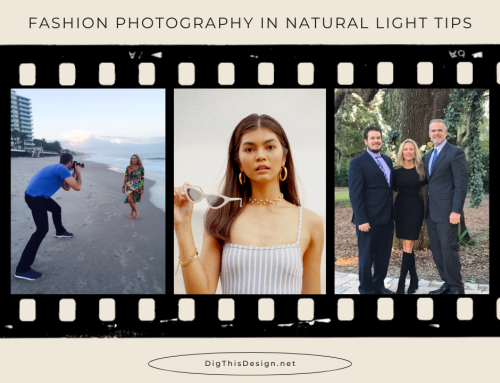One of the treasures that ancient history gives us is the process of bronze casting. Over the years, bronze castings have provided us with exquisite and colossal art pieces. Up to this day, we see these castings around as monuments in our cities and towns, artworks in museums and galleries, and decorations and signs in different structures and offices.
If this piques your interest, we invite you to continue reading to learn more about the process of bronze casting.
Bronze Casting • 6 Steps to Amazing Results
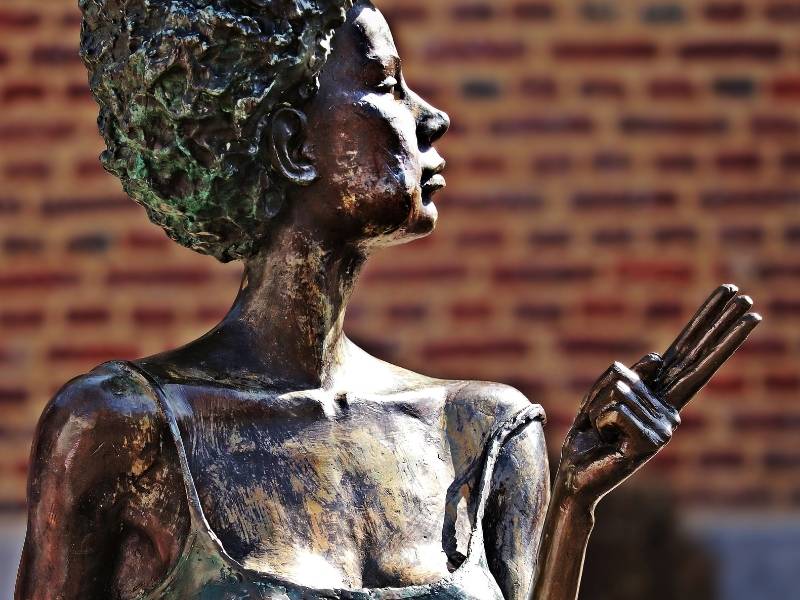
The history of bronze.
When we think of bronze casting, art is often what comes to mind. At about 3,000 BC, the bronze casting process was developed and used to make valuable tools for survival. Even in the modern industrial revolution, bronze casting played an essential role in making machines and other components for railroads, pipes, and engines. Many consumer products are born out of the bronze casting process besides the marvelous art that many create using bronze.
The rise of the bronze age.
It was around 3,000 BC when bronze, most often an alloy of other metals such as copper and tin, began to emerge. As the existence of bronze became more popular, it quickly replaced stone because of its durability and versatility that allowed creators to form and mold it into whatever they like.
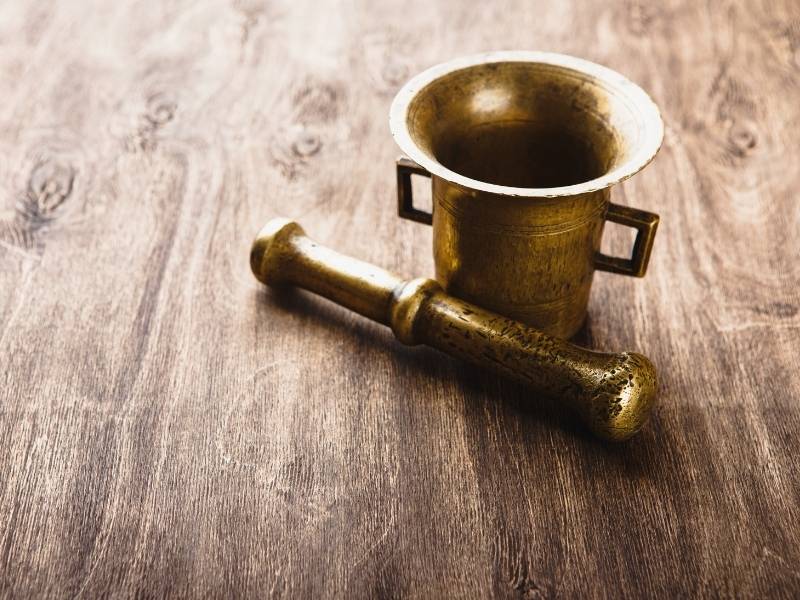
With this, different cultures all around the world heard of the features and advantages of using bronze. From simple bracelets and rings in 3000 BCE, the use of bronze had progressed into works of artistic finesse.
The bronze casting process.
There are different techniques you can use for bronze casting. China, way back in the early Shang dynasty, had the piece mold casting process. However, the most used bronze casting process is lost-wax casting. It has been around for more or less 6,000 years. To know more about the process, here is a step-by-step guide on the bronze casting process.
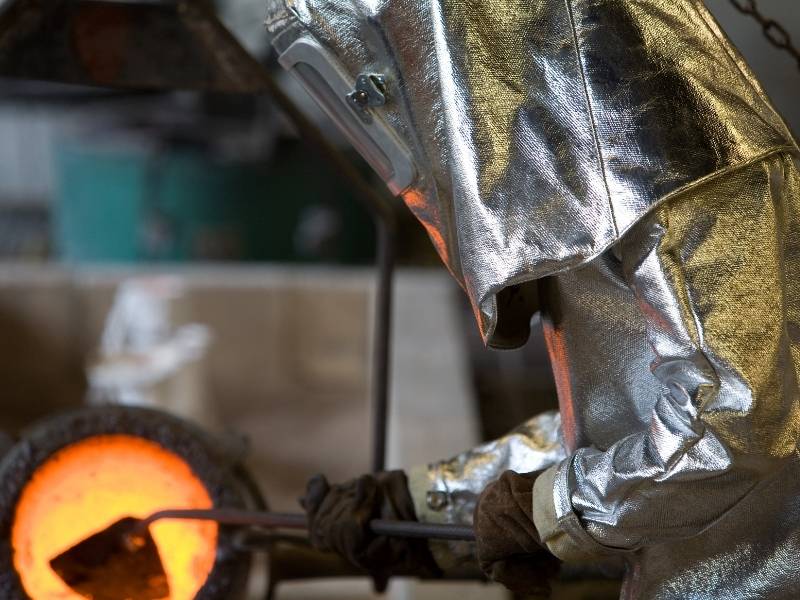
Step 1
The first step in making a bronze cast has a design. If you’re an artist, you can give your design to a foundry of your choice. Most foundries also have artists.
Step 2
The foundry sculpts your design with clay. This is the step that takes the longest time and has the process with the most detail.
Step 3
The lost-wax casting process starts by making the mold. The wax is then poured to create the gating system. Then, ceramic mold creation follows.
Step 4
The wax melts and drains away before pouring the bronze and leaving it to cool.
Step 5
Then remove the shell, and now you have a piece. Interestingly, “de-vesting” is the process of removing the ceramic shells in revealing the actual casting’.
Step 6
The next step is sanding and polishing to an amazing patina the piece to amplify its texture. Next, sand-blasting removes particles of ceramic shells that might be left on the work. This helps in ensuring that people are able to see every detail of the piece.
For large pieces, castings are made in separate parts and are put together through welding. After assembling them, the whole piece is chased and cleaned. Then, it follows the final step of sanding, polishing, and applying the patina.
In Conclusion
Bronze casting is a beautiful process in which art comes to life. You can check out and see bronze casting of different designs all around you. Do you have any comments or suggestions you wish to share? If so, please do so in the comments below. Also below, you will find links to more interesting articles about ALL things DESIGN for your home or business.
Images Courtesy of Canva.
Other Posts You Might Enjoy:
5 Ways to Mix it Up With Metal Home Decor
How to Get a Quirky Fence for Your Garden

